
Things You Need to Know About Selling at a Local Card Show
With the advent of the internet and the various online marketplaces now available, collectors no longer have to wait for the local card shop to open or find an area card show to attend to either buy or sell. However, as fees continue to rise for eBay, PayPal, and postage, many collectors are looking for different ways to sell their unwanted cards. One of the best methods is the old-fashioned card show, which has been a staple in the hobby for decades.
So how does one go about participating in a show? What are the costs? What are the best practices? This article serves as a primer to get you started by putting you on the dealer's side of the table.
Chances are you already know when and where the local card shows in your area take place. If not, look on Craigslist or in other local classifieds. A quick phone call to the nearest hobby shop should do the trick as well.
So now that you know when and where you will be setting up, what’s next?
Go to a show. Consider it a mystery shopper project. Find out how many dealers are there, what they are selling and at what price. Is something missing like wax or vintage? Chat up a couple of the dealers and find out how long they have done the show and what sells. Use this gathered knowledge to your advantage by formulating a plan for what to sell and how to price it.
Tips for Selling at a Local Card Show
Costs
The cost to set up a table at a local show ranges anywhere from $30-$50 and will usually include one eight-foot table and one chair. Additional tables and chairs are usually extra.
Supplies to Bring
- Blank Index Cards
- Black Sharpie
- Pens
- Pricing Labels
- Poster Board for Signs
- Penny Sleeves
- Team Bags
- Top Loaders
- Bottles of Water
- Snacks
- TV Tray
- Business Cards
- Dolly
What to Sell
- Local team sets and player singles.
- Superstars from all sports.
- Inserts and commons from products that cater to set builders like Topps Heritage Baseball, Allen & Ginter and Upper Deck Hockey.
- Low-end game-used and autographed cards.
- High-end cards of local players.
- Packs.
- Oddball cards and items related to local teams and players.
Setting Up
How you set up and display what you have for sale is basic marketing and merchandising. You may have your own preference or adopt what works best for you, however, to get started here are some basic guidelines:
- Price everything. This can be individually or categorically but make sure people don’t have to ask you how much something costs. Chances are, they won’t. Make it easy for them. The easier it is for someone to buy something, the more sales you'll make.
- Sort your local team’s cards by sport and put them in their own box in the center of your table. Separate the star players from those teams and give them their own section. This will allow customers to quickly identify what you have. It also makes for easy sorting.
- Next to the cards from the local market, put a display case or binder with higher-end cards of local players. Display cases can be expensive, so you may want to consider a specially designed binder that's meant to hold top loaders.
- Next to that should be your box with lower-end game-used and autograph cards.
What you have done is put the three categories that will be most searched at the center of your table. This will help loss prevention and allow you to make conversation with potential customers to find out what they are looking for. In addition, at a local cards show, three people at one table appears to be a crowd and will draw interest from other show patrons, increasing your table traffic.
The above setup leaves the two ends of your table open, one for superstars (sorted by sport and player) and the other for your cards for set-builders.
Make a couple of spaces on the table to put business cards with your eBay seller id and contact info if they want to buy more in the future. People may not buy from you at the show but they might online. Your name, phone number and email address should be essential components of your business card.
Finally, set up the TV tray behind the table and set out two or three boxes of wax. You can find great deals through online retailers at a per-pack price that will allow you a realistic mark-up. Often, selling these packs will pay for the table, leaving everything else as straight profit.
Tape signs to the front of the table indicating what is in the box with pricing, if applicable. Include a sign that says something like “50% Off Book Value” or “Selling at eBay Pricing." Entice potential customers with enticing deals.
Selling
Nobody likes pushy salespeople so just be yourself: relaxed, conversational and willing to help. “Hi, I’m Rob. Let me know if you’re looking for anything in particular.” You can follow that up at an appropriate time with “What do you collect?”
Use the index cards you brought for people to write their contact info if they are looking for something in particular and offer your help in locating it. Give them your card even if they don’t buy anything.
Pricing
If you are advertising 50% off book or comparable to eBay, make sure your cards are priced accordingly.
Cards for set builders should be priced in tiers. For example: 25 cents each, 5 for $1, 10 for $1.50, 20 for $3, 100 for $10, and so on. The same structure should apply to commons from hometown teams as well.
Price your packs individually at a 100% mark-up but offer a discount for multi-pack purchases. For example, you can typically pick up a 36-pack box of Topps flagship baseball for $72 or less after the product has been out awhile. Mark single packs for $4, 3 for $11 and 5 for $18.
For your low-end game-used cards, have them separated in either a 3,000 or 5,000 count box and priced in tiers of $1, $3, and $5 and then discount in bulk like six $1 cards for $5, four $3 cards for $10 and five $5 cards for $20.
These discounted incentives quickly add up. While they may slightly decrease your margins, you will make up that revenue in higher volume sales.
Final Thoughts
Don’t forget to track what you sell and for how much. This information can be useful in identifying what to bring more or less of the next time you set up.
Don’t pack up early. Late-comers get discouraged seeing dealers breaking down their tables before the set hours are over.
Cater to kids. Dealers, and the way they interact with children, have a tremendous impact on a kid’s perspective of the hobby. Make it fun for them. Maybe keep some junk wax packs under the table and bust them out for the kids either for 25 cents or as a giveaway.
Remember it’s a hobby. Have fun at your next show!
 | Making purchases through affiliate links can earn the site a commission |























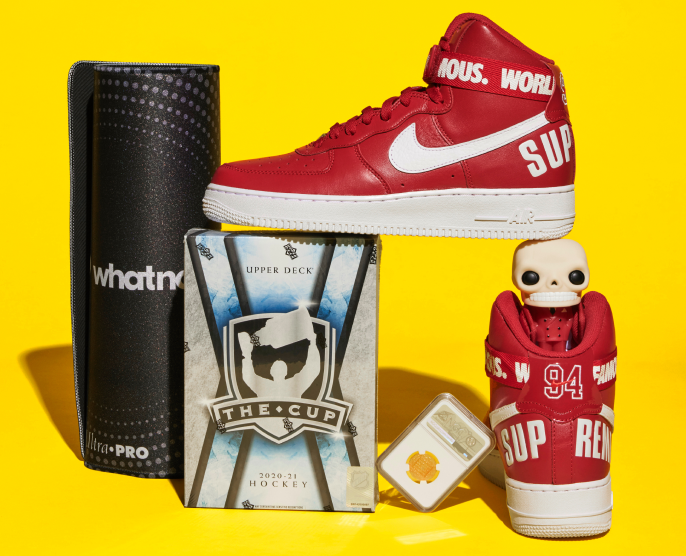



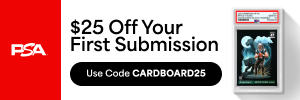
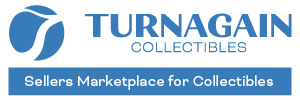
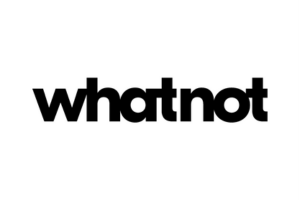
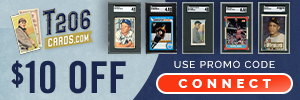
Cheap Proxies
At this time it sounds like WordPress is the preferred blogging platform out there right now. (from what I’ve read) Is that what you are using on your blog?